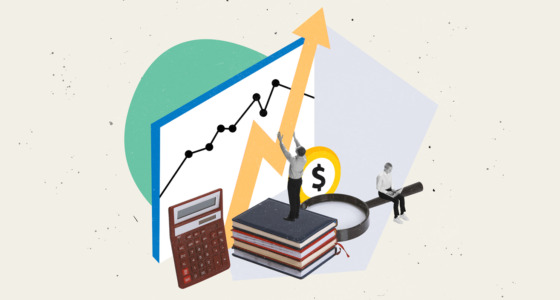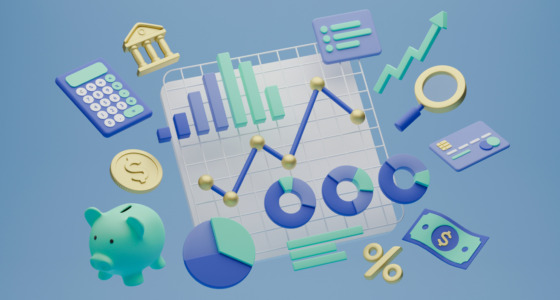

Companies in the public sector frequently employ instruments, such as derivatives, to hedge against interest rate and credit risks and commodity price volatility. This article will discuss the basics of financial instruments, their types, and their connection with financial assets.
What exactly is a financial instrument?
A financial instrument is a legally binding agreement to transfer funds or ownership interests in a firm to another party at a future date for consideration. Parties might be a corporation, a partnership, a government agency, or an individual. In other words, financial instruments are legally binding agreements to buy, sell, create, change, or settle monetary assets.
When parties buy or sell a financial instrument, they both have a contractual obligation to each other. For instance, if a company pays cash for a bond, the seller must provide the buyer with it.
A financial instrument can be as simple as a check or an invoice or as complex as the “credit default swaps” derivatives that led to the 2008 bankruptcy of insurance giant AIG.
Financial instrument types
The three most important financial instruments are cash, derivative, and foreign exchange ones. Let’s take a look at all of their types:
- Cash instruments are derivatives of the banking system whose values react instantly to changes in the market. Securities, deposits, and loans are two examples of monetary instruments.
- Securities: In finance, a “security” is any financial instrument that may be bought and sold on the stock market for a profit. When buying or trading stocks, you own a stake in a publicly traded company.
- Deposits and loans are cash instruments that represent money assets backed by a legal contract between the parties.
- Derivative instruments: Some examples of underlying assets for derivative instruments are resources, currencies, bonds, stocks, and stock indices. The top five derivatives instruments are synthetic agreements, swaps, futures, forwards, and options, elaborated below.
- Synthetic arrangement for foreign exchange (SAFE) is an over-the-counter (OTC) arrangement that guarantees a particular exchange rate for a specified period.
- An interest rate swap is a type of derivative contract in which two parties agree to swap the interest rates they pay for loans between them.
- Futures are derivative transactions in which one type of derivative is sold, and another is bought at a defined exchange rate on a specific future date.
- Forwards are standardized derivatives that are traded between two parties at the end of a contract at an agreed price.
- Options are contracts where one party grants another the right to purchase or sell a certain number of derivatives for a particular time and price.
- Foreign exchange instruments are financial tools that may be traded in the foreign market. In terms of currency agreements, they can be divided into three categories:
- Outright forwards: A currency transaction occurs “forwardly”, or before the agreed-upon date, in an outright forward. It’s helpful where exchange rates are volatile.
- Spot refers to a currency agreement in which funds will be transferred by the second business day after the inception. Transactions are referred to as “spot” because they are done within a limited timeframe (“on the spot”).
- A currency swap is the simultaneous purchase and sale of two currencies on two different fixed-value dates.

Asset classes of financial instruments
Besides those already mentioned, there are two more asset classes that financial instruments can be categorized into:
- Financial instruments based on debt
Debt-based instruments are mechanisms that allow a firm to raise the amount of capital in a business by taking on additional debt. Some common forms of debt are bonds, debentures, mortgages, US Treasury bonds, credit cards, and lines of credit (LOC). They play a crucial role in the economy since they enable businesses to expand their capital stock and, hence, their revenues.
- Financial instruments based on equity
Equity-based instruments are arrangements that can be used to represent ownership of a firm for legal purposes. Common stock, convertible debentures, preference shares, and subscription rights are all types of securities that fall under this category. Any time an organization wants, it may add to its assets with equity-based financial instruments or liquidate existing holdings.
Note! Compared to debt-based instruments, equity-based ones help firms grow capital over a more extended period; however, their significant advantage is that the owners do not have to pay back any debts.
The bottom line
We hope our review has helped you understand the types of financial instruments. Despite all the benefits, remember that each carries its own risks. Whichever tool you choose, be careful and try to calculate potential problems in advance.








